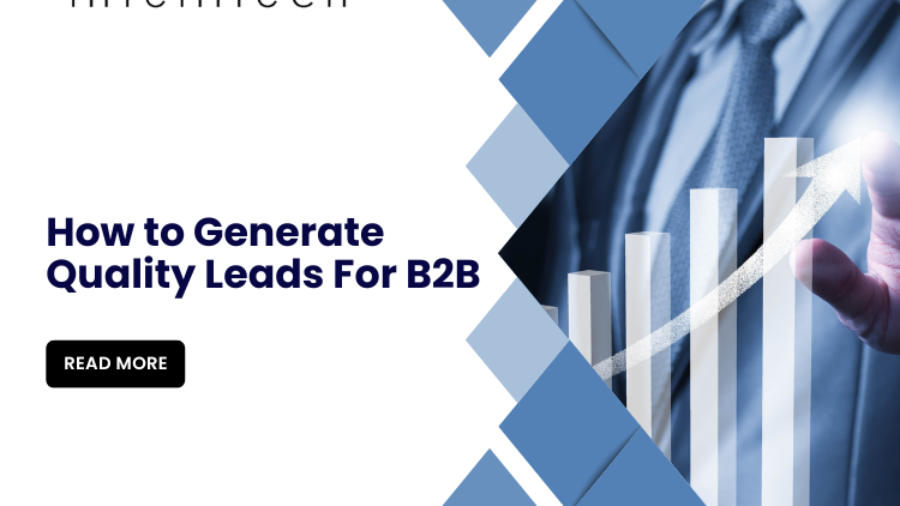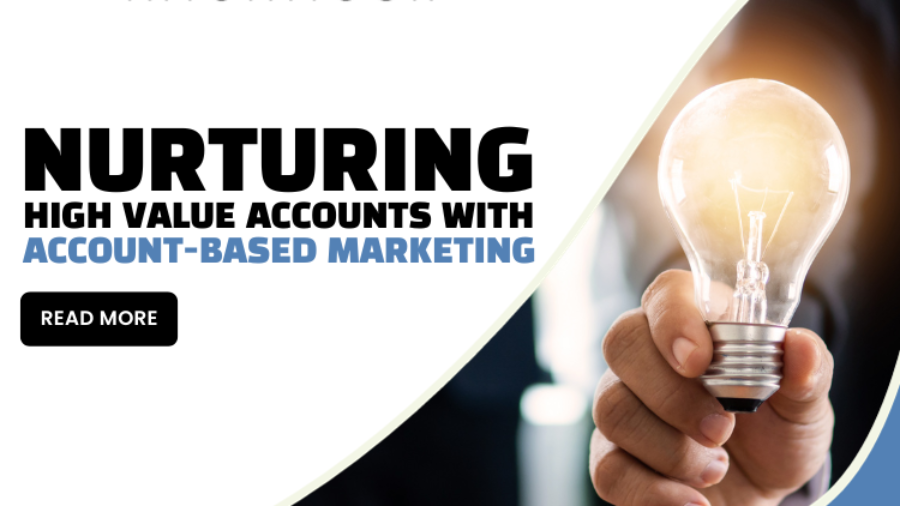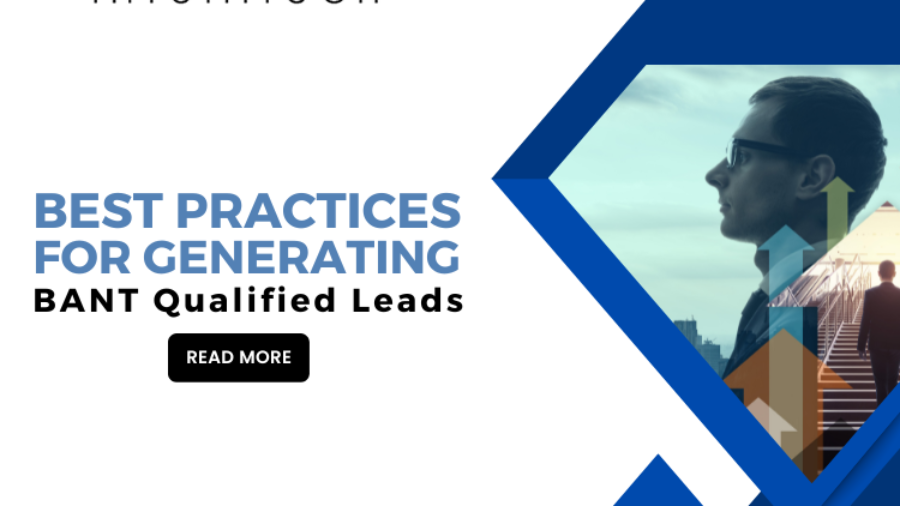In the realm of B2B marketing, generating high-quality leads is the cornerstone of a successful business. These leads are the lifeblood that fuels growth, drives revenue, and ultimately, ensures sustainability. In this comprehensive blog post, we'll explore proven strategies and tactics to help you master the art of generating high quality B2B leads.
Define Your Ideal Customer Profile
Before embarking on any lead generation efforts, it's essential to clearly define your Ideal Customer Profile. Understand the industries, company sizes, job roles, and pain points that align with your offerings. This will serve as the foundation for all your lead generation strategies.
Leverage Inbound Marketing
Inbound marketing techniques like content creation, SEO, and social media can be powerful tools for attracting high-quality B2B leads. Produce insightful, valuable content that addresses the pain points of your target audience, positioning your brand as a thought leader in your industry.
Implement Effective Email Marketing Campaigns
Email marketing remains a potent tool for B2B lead generation. Craft personalized, relevant emails that offer value to your prospects. Segmentation and automation can help ensure that the right message reaches the right person at the right time.
Utilize Content Upgrades and Gated Content
Offer valuable resources such as ebooks, whitepapers, or exclusive reports in exchange for contact information. This tactic, known as gated content, provides an incentive for leads to share their details, helping you build a pool of interested and qualified prospects.
Conclusion
Generating high-quality leads in the B2B space requires a combination of strategic planning, valuable content creation, and targeted outreach. By implementing these proven tactics, you'll be well-equipped to attract and nurture leads who are not only interested in your offerings but are also likely to convert into long-term, profitable customers. Remember, lead generation is an ongoing process that requires continuous refinement and adaptation to the evolving needs of your audience and industry. Embrace these strategies, and watch your B2B lead pipeline flourish.




